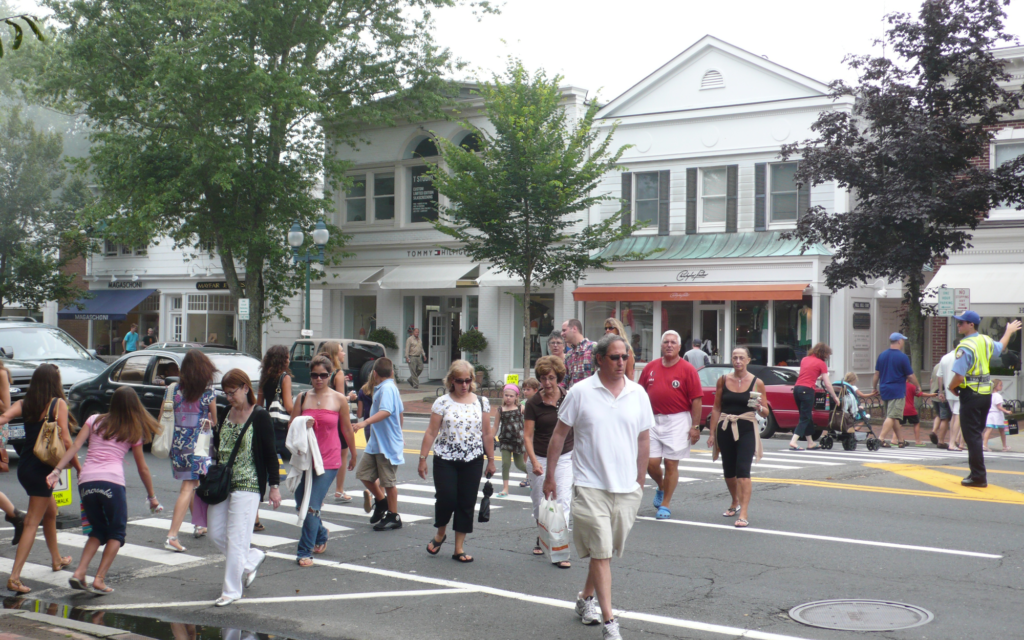
Welcome to ‘The Hamptons’ as we know it. This is a story that has taken decades of living here to tell.
Please realize that this quick overview is just the beginning of our adventure. We’ll be delving deeper in future blog posts, but as they say, you always have to start somewhere.
And, if our story unleashes your desire to travel here, it would be our pleasure to be your guide!
The East End of New York’s Long Island, jutting 100 miles into the Atlantic Ocean, is home to:
- Some of the world’s most spectacular ocean beaches
- Pristine bays & estuaries
- Secluded freshwater ponds
- Pine forests with quiet nature trails
- Foggy mornings
- Lazy sunny days
- Blazing sunsets painted on the evening sky
- Star-filled nights
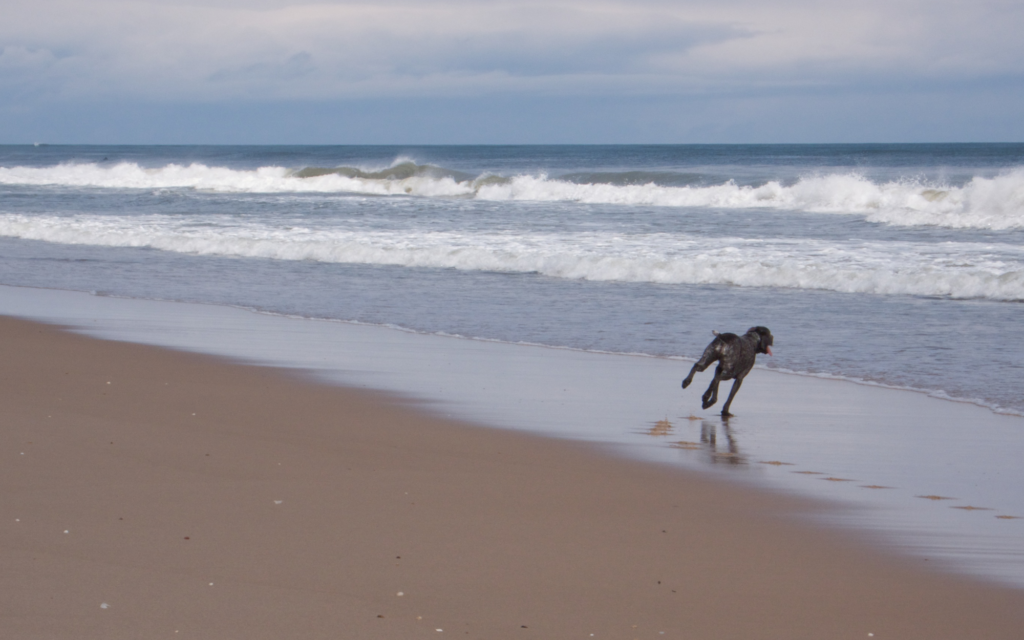
The soil is fertile, and the climate is kept mild by the Gulf Stream waters. A fisherman’s playground, a vintner’s paradise, and an artist’s inspiration, the historic “East End” has attracted visitors for centuries, from the earliest settlers — the Native Americans — to today’s savvy world travelers.
“The Hamptons” (the area between Westhampton and Montauk on the South Fork of Long Island) has become a year-round destination as visitors from around the world discover the many pleasures the East End has to offer.
The beaches continue to attract the summer crowd, from the family motels in Montauk to the “Summer Cottages” of the rich and famous in East Hampton and Southampton.
The beautiful weather lingers even when the beautiful people have fled – replaced first by clouds of Monarch Butterflies migrating through, and then by swirls of autumn leaves, starry skies, and snowflakes.
The Villages & Hamlets: Southampton to Montauk
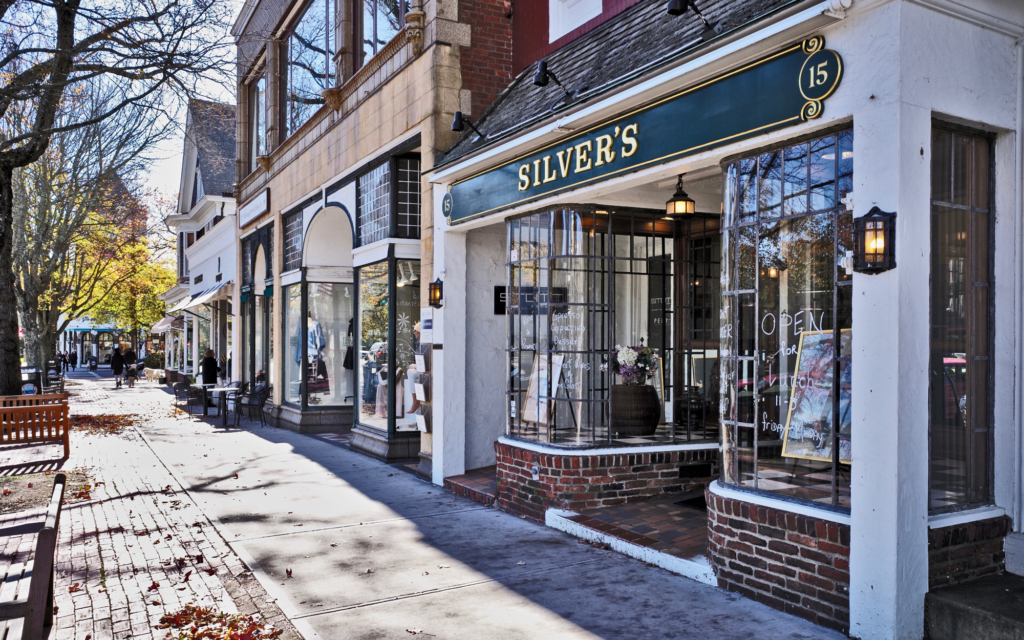
Southampton
Founded in 1640, Southampton is the largest and most populous of the Hamptons. It offers oceanfront mansions, tree-lined streets, top-notch shopping, gorgeous beaches, and exclusive golf courses.
Originally a farming community, Southampton attracted the wealthy “summer cottage” community with the building of the railroad in 1872. In the 1990s Southampton became an important art community with the founding of the Art School in Shinnecock Hills.
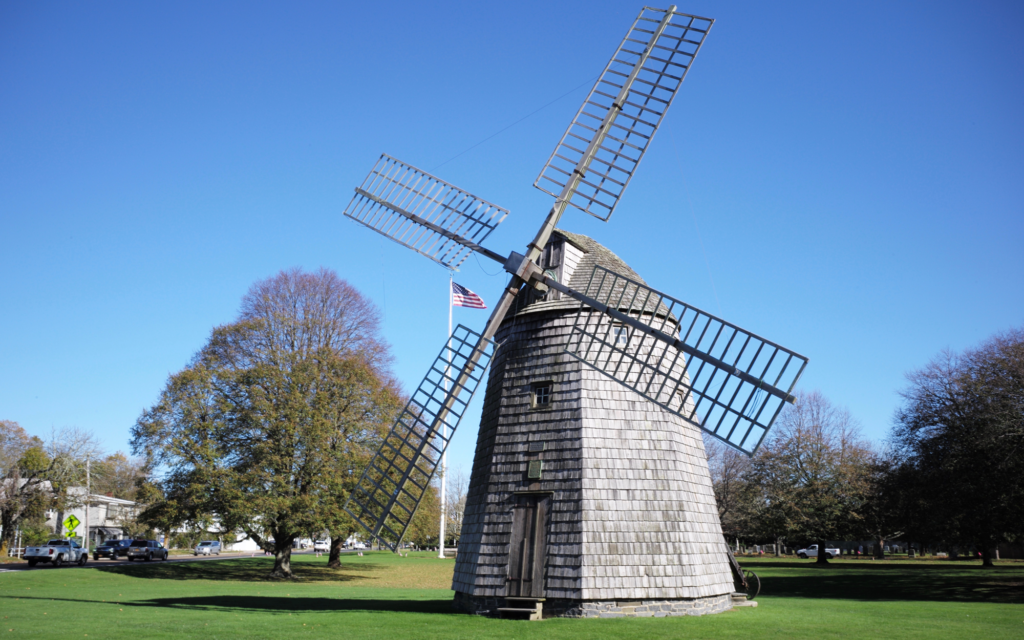
Watermill
In 1644, Edward Howell built a mill for settlers to grind their grain. Watermill remains the only village with both a functioning watermill and windmill.
The historic shingled homes lining the streets south of the Highway (Route 27, which traverses the Hamptons all the way to Montauk – the End) interspersed with working farms, create a splendid drive to magnificent beaches. North of the Highway is the renowned Parrish Art Museum, rolling farm fields and wooded hills.
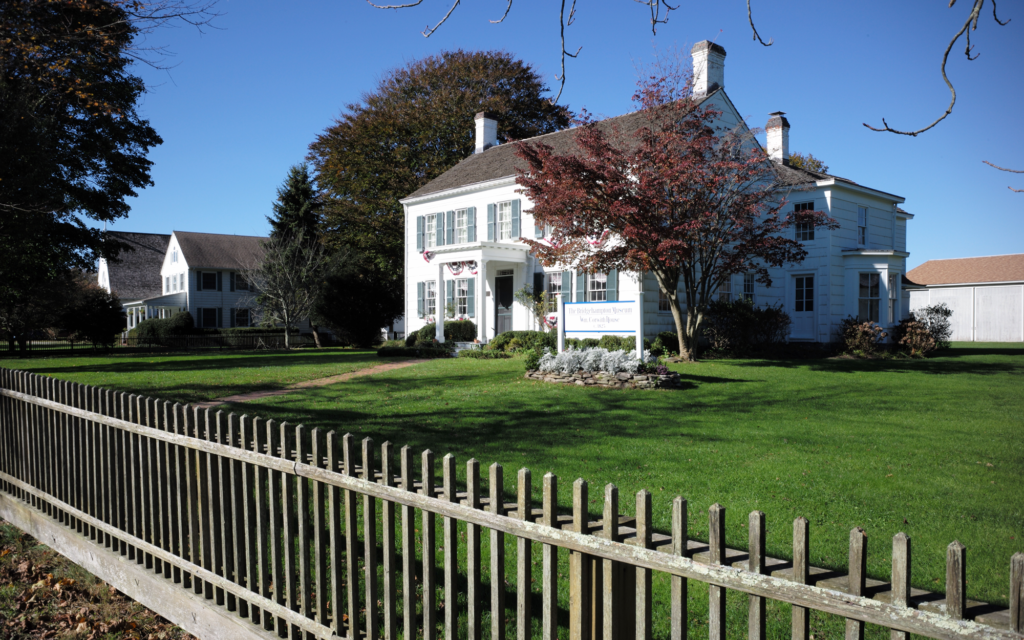
Moving east, early settlers found the soil of Bridgehampton to be extremely rich for farming, which quickly supplanted the dying whaling industry. Bridgehampton has a charming downtown with excellent restaurants, galleries, and shops.
North of the Highway is famous for its horse farms and is home to the:
- Prestigious Hamptons Classic Horse Show
- Channing Daughters Winery
- Noah’s Ark Project (an eclectic artist’s farm)
- Children’s Museum of the East End (CMEE)
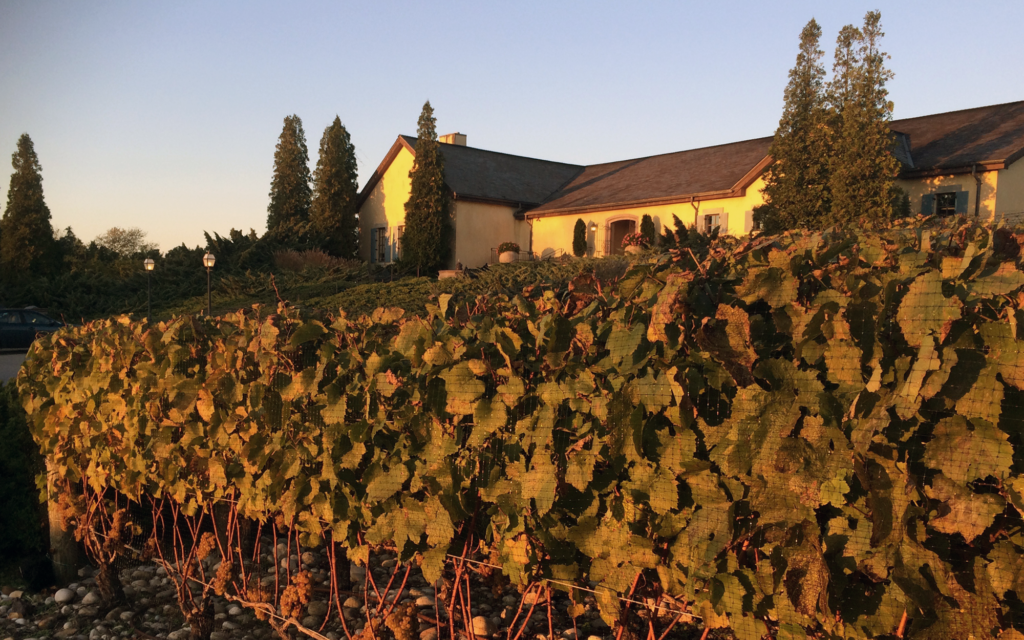
Sagaponack
Incorporated in 2002, Sagaponack was deemed the most expensive town in the U.S. in 2016 with a median sale price of $5,125,000. One year later the median home price bounced to $8,500,000.
Many of the huge estates in the village were built on former potato fields, a few of which still exist today. Once the home of Kurt Vonnegut, Truman Capote, and Charles Adams, Sagaponack now is home to many notable celebrities and business leaders as well as the Wölffer Estate, the premiere winery in the Hamptons.
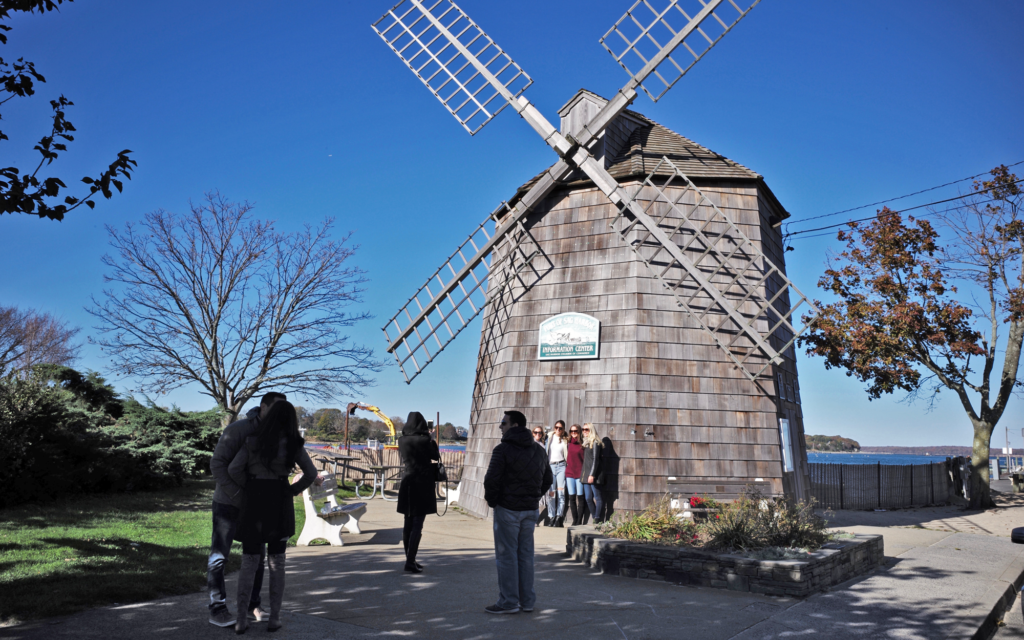
Sag Harbor
Sag Harbor was settled circa the 1700s as a major port and whaling village, earning a mention in Herman Melville’s Moby Dick. The pristine waters continue to be a magnet for boaters.
Stroll down quaint narrow streets past Greek revival mansions, Victorians, charming Capes and authentic Saltboxes. Once the home of John Steinbeck, Sag Harbor has become a gathering place for writers and artists.
Many of them frequent the American Hotel and participate in concerts and theatrical productions at the Bay Street Theater, located on the harbor.
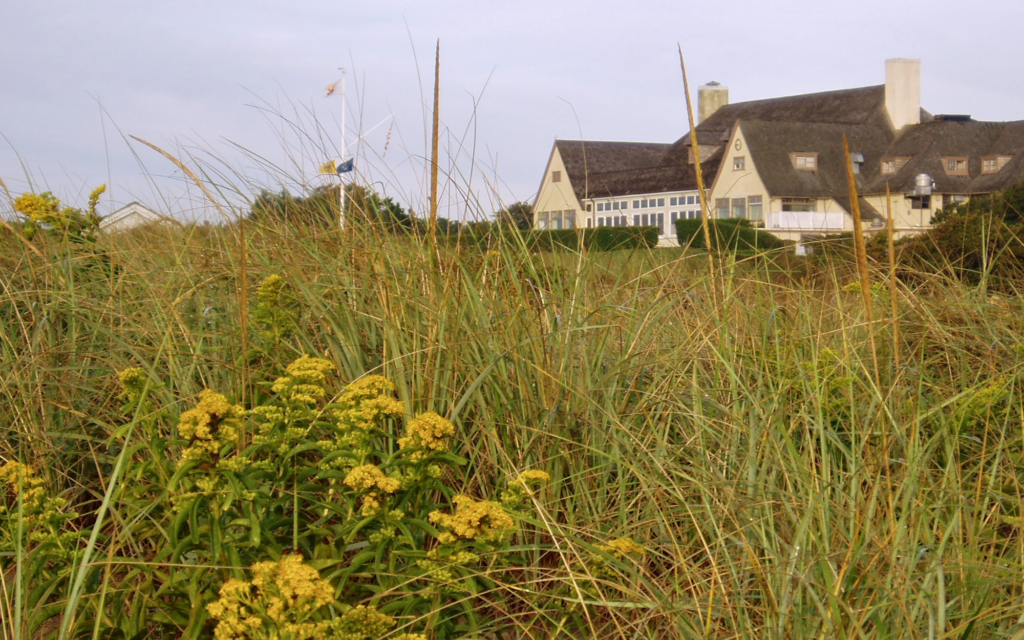
East Hampton
Originally settled by Native Americans as early as 1290 B.C., the Village of East Hampton was founded in 1648 by a group of farmers who felt that Southampton (which was founded by settlers from Massachusetts only eight years prior) was getting too crowded and restrictive. Thus began the rivalry between the two main villages of the Hamptons!
Over the years, East Hampton has managed to maintain its classic, old New England village charm, its agrarian roots and its unspoiled green lands. Even as it has blossomed into an internationally recognized resort destination and year-round home to an ever-growing population.
National Geographic Magazine dubbed East Hampton “America’s Most Beautiful Village”. The ocean beaches, galleries, theater, fine restaurants, and boutique shops make this hamlet a favored destination for world travelers.
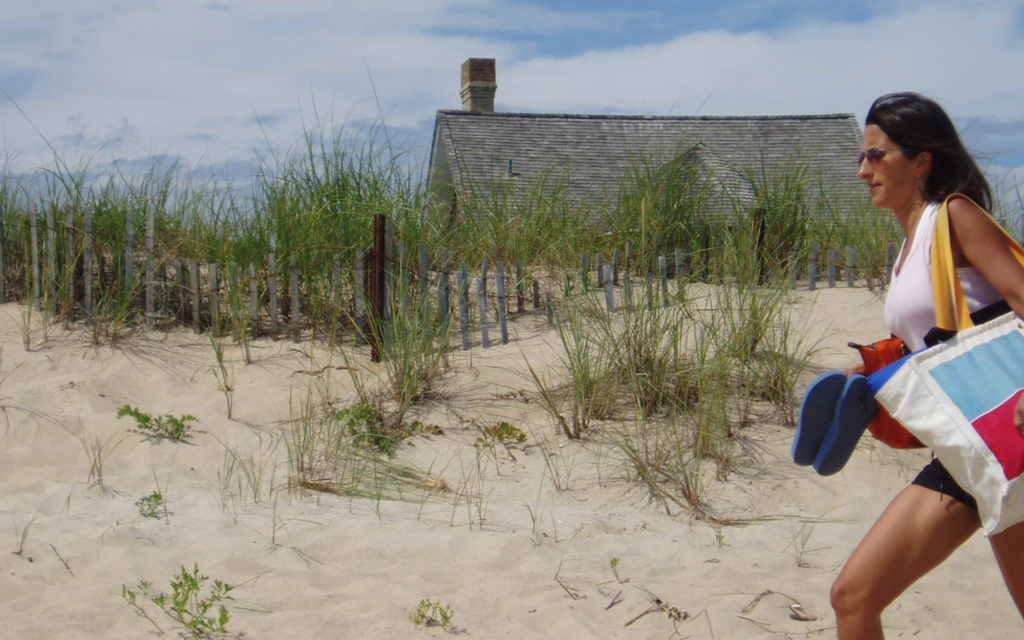
Amagansett
Native Americans named this small hamlet. The name means the “place of good water”. Farming, fishing, and offshore whaling were its earliest industries.
Today, Main Street is punctuated by art galleries, antique stores, and restaurants. Stunning homes are just a bike ride away from gorgeous ocean beaches. There is also the Amagansett Wildlife Refuge, a 36-acre area of protected double dune beaches.

Montauk
Montauk was formed over 100 million years ago during the last great Ice Age. Famous, historically, as a family oriented resort and fishing village, fishing remains its major industry to this day.
Additionally, Montauk is the go-to spot for surfers and sports fishermen. New restaurants and nightclubs have been proliferating in recent years, making it a favored destination for young people in the Hamptons. But locals still affectionately know it as “A Drinking Village with a Fishing Problem!”
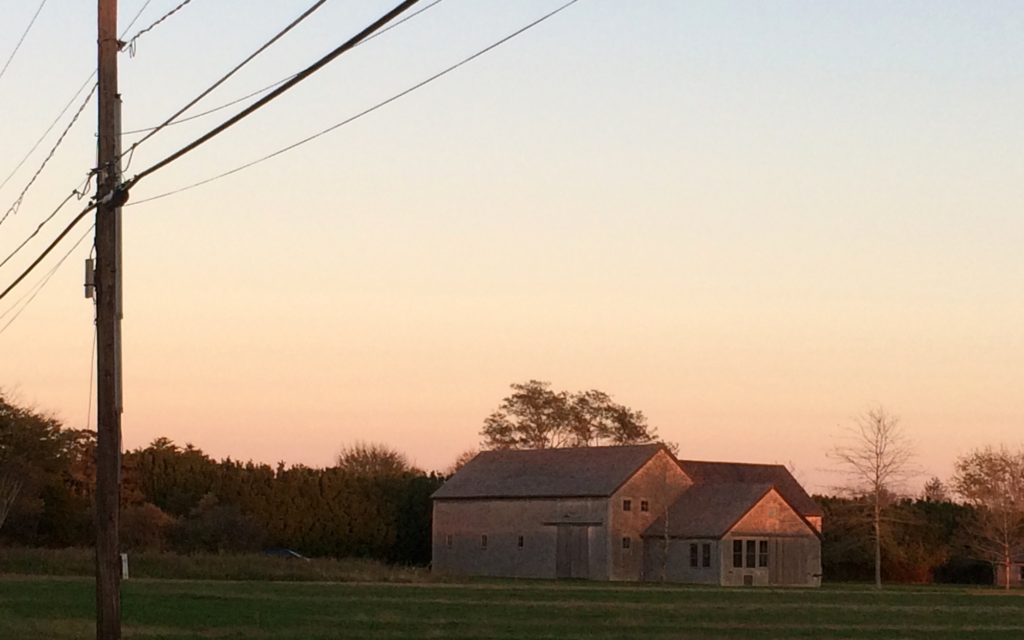
We have so much more information to share about our community so please ask us if you have a question. We’re here to help you enjoy your visit to our beautiful area! Call us or email us today to schedule your stay!
– Sylvia










